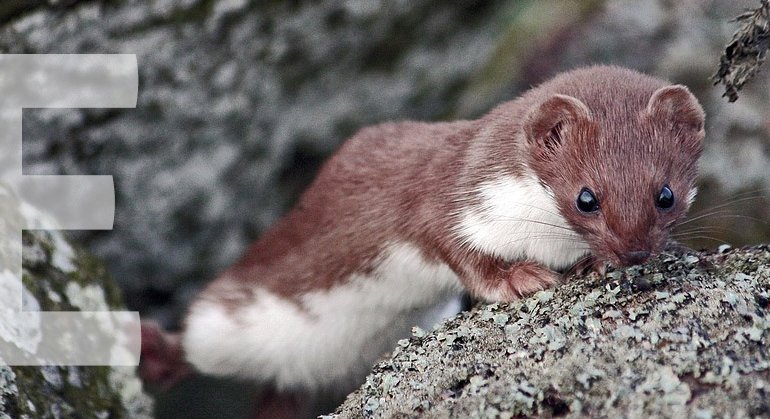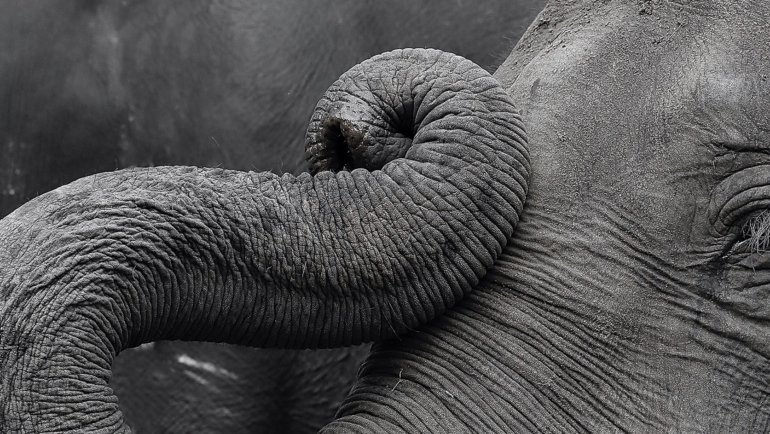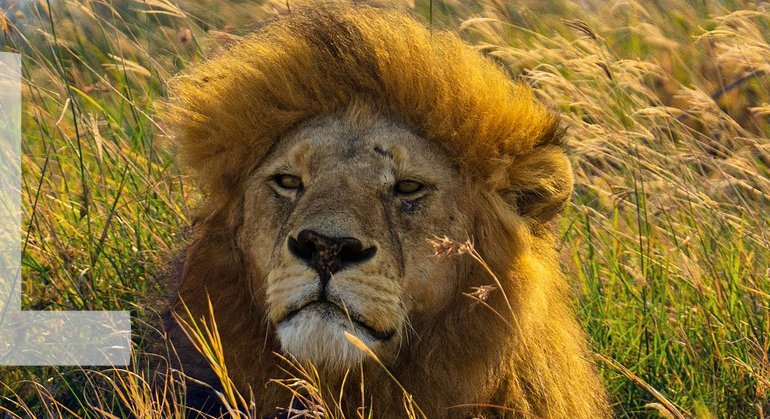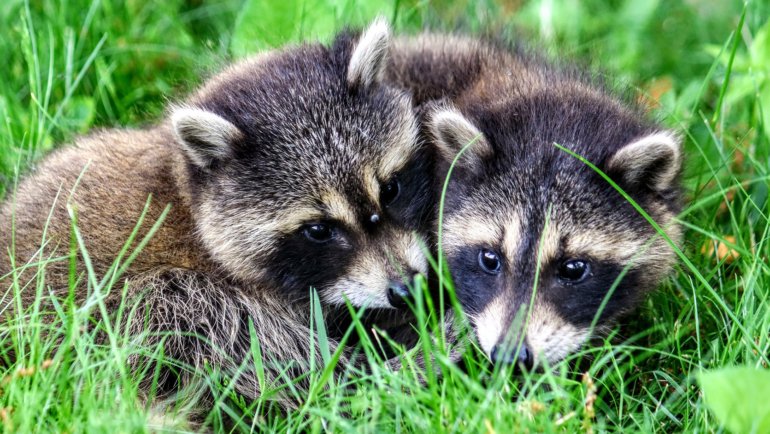Beavers, often dubbed as ‘nature’s engineers’, are semi-aquatic rodents celebrated for their unique ability to build intricate dams and lodges using timber and mud.
These constructions play a critical role in shaping the ecosystem of wetlands, providing habitats for a myriad of species and aiding in water purification.
This article delves deep into the intriguing world of beavers, exploring everything from their physiology and behavior to their significant ecological role and current conservation status.
The Beaver at a Glance
Classification
| Kingdom: | Animalia |
| Phylum: | Chordata |
| Class: | Mammalia (Mammals) |
| Order: | Rodentia |
| Family: | Castoridae |
| Genus: | Castor |
| Species: | Castor canadensis (North American beaver), Castor fiber (Eurasian beaver) |
Essential Information
| Average Size: | 29-35 in (74-90 cm) including tail |
| Average Weight: | 35-70 lbs (16-32 kg) |
| Average Lifespan: | 10-20 years in the wild; up to 24 years in captivity |
| Geographical Range: | North America, Europe, and parts of Asia |
| Conservation Status: | Least Concern (IUCN Red List) |
Species and Subspecies
While the term ‘beaver’ is often used to represent these industrious rodents in general, there are actually two distinct species: the North American beaver (Castor canadensis) and the Eurasian beaver (Castor fiber).
- North American Beaver (Castor canadensis): Found throughout North America, and divided into multiple subspecies, mainly based on their geographical distribution.
- Eurasian Beaver (Castor fiber): Spread across parts of Europe and Asia, previously had several subspecies, but due to hunting and habitat loss, many are now extinct or not distinct enough to categorize.
Key Differences:
- The Eurasian beaver is slightly larger on average than its North American counterpart.
- Their tail shapes are subtly different. The North American beaver has a more rounded tail, while the Eurasian beaver has a broader, flatter tail.
- The Eurasian beaver’s nasal bones are longer, and its nasal opening is smaller than that of the North American species.
- The guard hairs of the Eurasian beaver are lighter in color.
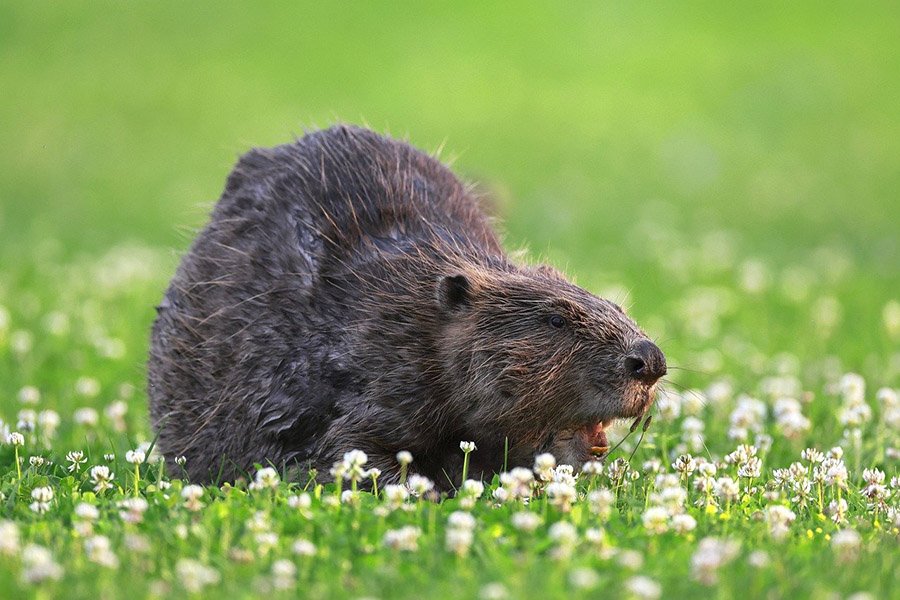
Description
Beavers possess a sturdy and rotund body complemented by a broad, flat tail and webbed hind feet, which makes them well-adapted for aquatic life. Their robust, chisel-like incisors are unmistakable, with an orange tinge due to the presence of iron, rendering them more resistant to wear and tear. These continuously growing teeth are vital tools, enabling beavers to gnaw and fell trees efficiently.
The average length of a beaver, including its tail, ranges between 29-35 in (74-90 cm). Typically, their weight falls between 35-70 lbs (16-32 kg). Their waterproof fur varies in shades of brown, from dark to reddish-brown, and serves as an effective thermal insulator.
Sexual dimorphism is subtle in beavers. Both males and females look remarkably similar in size and appearance. The most prominent difference is related to their reproductive anatomy. Males possess a pair of scent glands near the base of the tail, which they use to mark territory, but determining gender based solely on external appearance can be challenging.
Habitat and Distribution
Beavers are primarily found in freshwater habitats such as rivers, ponds, lakes, and marshes. They are renowned for their dam-building abilities, which they use to transform faster-moving streams into still-water habitats to build their homes (lodges). These lodges are constructed from branches, mud, and vegetation and serve as a protective habitat against predators.
The North American beaver (Castor canadensis) occupies a vast range across North America, from the Arctic tundra of Canada to the deserts of northern Mexico. On the other hand, the Eurasian beaver (Castor fiber) is distributed across parts of Europe and Asia.
Historically, their range was more extensive, but hunting and habitat loss led to a significant reduction in their numbers and territories. Thanks to conservation efforts, their numbers and range are slowly increasing.
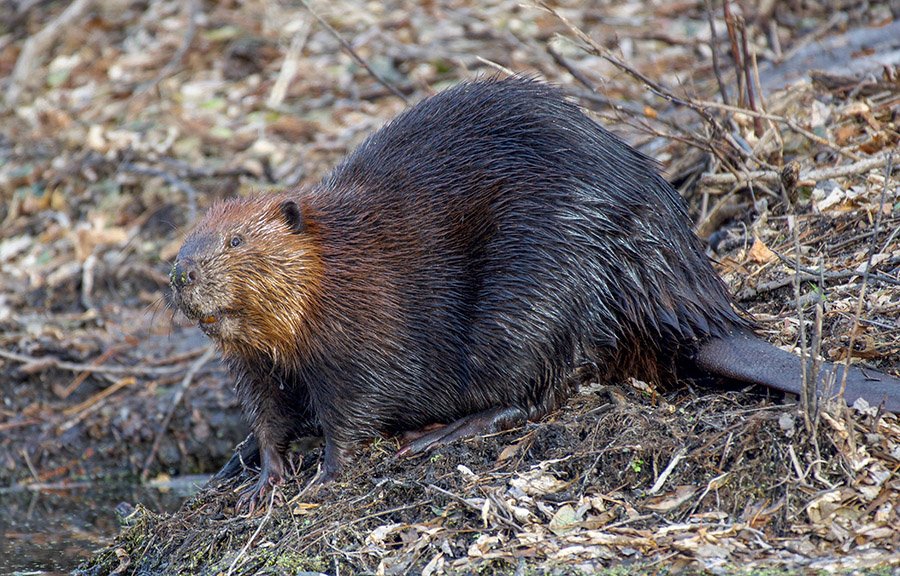
Behavior
Beavers are primarily nocturnal creatures, becoming active during the evening and throughout the night. This behavior helps them evade potential predators.
They are social animals, often living in family units composed of a monogamous pair, their offspring from the current year, and offspring from the previous year. The family collaboratively works on dam construction, maintenance, and foraging.
For communication, beavers use both vocalizations and physical signals. One of the most recognizable behaviors is their tail slap. When a beaver senses danger, it will sharply slap the water’s surface with its tail, producing a loud sound that warns other beavers in the vicinity.
They also communicate using scent marking. By depositing castoreum, a musky secretion from their scent glands, they can signal territory boundaries and other social cues.
Another interesting aspect of beaver behavior is their role as ecosystem engineers. By constructing dams and lodges, beavers significantly alter their environment. These modifications can lead to the creation of wetlands, increased biodiversity, and changes in water flow and sediment distribution. Their impact on the landscape is so significant that it can even be observed from space!
Diet and Feeding Behavior
Beavers are strict herbivores, primarily consuming tree bark and aquatic vegetation. Their preferred trees include aspen, willow, maple, birch, and poplar. During the warmer months, they’ll also eat a variety of water plants, such as pondweed and water lilies.
While beavers are known for felling large trees, this behavior is more about construction and access than feeding. For their diet, they prefer the tender twigs, leaves, and outer bark of smaller branches.
In preparation for winter, beavers will stockpile branches in their pond, sticking them into the mud underwater near their lodge. This provides a fresh food source that’s accessible even when the pond’s surface is frozen.
Their feeding behavior is methodical. They use their sharp incisor teeth, which continually grow throughout their lives, to gnaw at trees and peel bark. The act of gnawing not only fetches them food but also prevents their teeth from overgrowing.
Predators
Beavers face a variety of predators depending on their age and location. Young beavers, or kits, are more vulnerable and can fall prey to animals like hawks, owls, and large fish. As they grow, their list of potential predators narrows but still includes:
- Coyotes and Wolves: Especially in North America, these canids might prey on beavers they find on land or in shallow water.
- Bears: Both black and grizzly bears might attempt to dig into a beaver lodge if other food sources are scarce.
- Mountain Lions and Lynx: In certain regions, these large cats might capture a beaver that’s strayed too far from the water.
- Humans: Historically, beavers were extensively hunted for their fur, meat, and castoreum (a scent gland secretion used in perfumes and food flavorings). While large-scale trapping has decreased, it still poses a threat in some areas.
Adult beavers have robust and muscular tails, strong jaws, and sharp teeth, giving them some defense against these predators. However, their best defense is their aquatic habitat. Their lodges are typically built with underwater entrances, making it challenging for most predators to gain access.
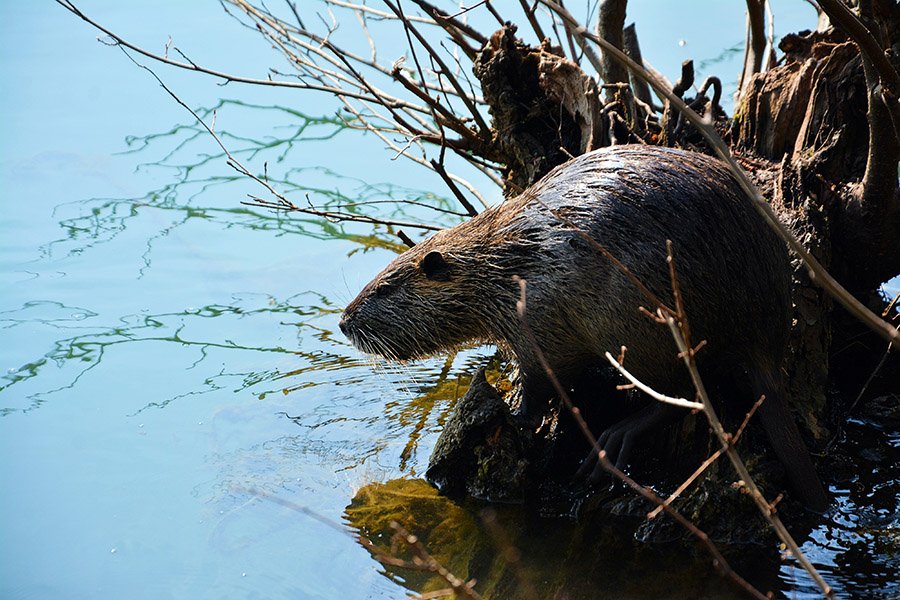
Reproduction and Life Cycle
Beavers mate for life, exhibiting monogamous behavior. Breeding usually takes place between January and March for North American beavers and slightly earlier, around November to December, for Eurasian beavers. Before mating, beavers engage in mutual grooming and spend quality time with each other, strengthening their bond.
The gestation period for beavers is approximately 105 to 107 days, after which the female, or ‘pen’, gives birth to a litter of kits. A typical litter consists of 2 to 4 kits, though this can range from 1 to 6 based on environmental conditions and the health of the parents.
Newborn beavers are well-developed, born with fur and open eyes. They begin swimming within 24 hours of birth, showcasing their natural aptitude for aquatic life.
Both parents play an active role in raising the young, with the father, or ‘boar’, being especially involved. The family is tight-knit, with older siblings often assisting in the care of the younger ones. Kits remain with their parents for about two years, after which they venture out to establish their own territories and find mates.
Conservation and Threats
Currently, beavers are classified as Least Concern on the IUCN Red List, indicating they’re not immediately threatened with extinction. This is a stark contrast to a time when they were heavily hunted and faced near extinction due to the fur trade in the 19th and early 20th centuries.
Threats to beavers today are habitat loss, motor vehicle accidents (especially as they move overland to find new water sources), and in some regions, controlled hunting and trapping for their fur and castoreum. In some areas, they are considered pests due to their dam-building activities leading to flooding or tree loss, and as such, face culling.
Conservation efforts have played a significant role in the recovery of beaver populations. Protection from unregulated hunting and trapping has been crucial. Furthermore, re-introduction programs in areas where they were previously extinct have been successful.
In certain regions, their role in ecosystem engineering is being recognized and utilized for natural water management and habitat creation, thus turning potential human-beaver conflicts into cooperative ventures.
Fun Facts
- Nature’s Engineers: Beavers are often referred to as “nature’s engineers” due to their incredible dam-building skills. These dams can change entire ecosystems, creating wetlands that provide habitats for a plethora of plants and animals.
- Toothy Matters: A beaver’s teeth never stop growing! They maintain them by constantly gnawing on trees, which prevents the teeth from becoming too long.
- Transparent Eyelids: Beavers have a set of transparent eyelids, allowing them to see underwater even while their eyes are protected.
- Lodges and Dams: While they’re famous for their dams, beavers also build lodges within these dams, which serve as homes. The entrance to a beaver lodge is submerged, making it safe from predators.
- Scent Fencing: Beavers use a substance called castoreum, which they produce in scent glands, to mark their territory. Interestingly, castoreum has also been used in perfumes and even as a food additive!
Frequently Asked Questions
How long can a beaver hold its breath underwater?
Beavers can hold their breath for up to 15 minutes, allowing them to work on their dams and forage for food underwater with ease.
Do beavers eat fish?
No, beavers are herbivores. They primarily eat tree bark, twigs, and aquatic plants. The misconception might come from their aquatic nature, but they do not consume fish.
Why do beavers slap their tails on the water?
Tail-slapping is a defensive behavior. When a beaver senses danger, it will slap its tail on the water to create a loud sound, warning other beavers and potentially scaring off the threat.
How do beavers stay warm in cold water?
Beavers have very dense fur which provides insulation. They also produce an oily substance that makes their coat waterproof, ensuring they remain warm even in chilly waters.
How big can a beaver dam get?
Some of the largest beaver dams can stretch for over 850 meters in length. The largest known beaver dam, spotted via satellite in northern Alberta, Canada, is over half a mile long!
